Savoring Savory Delights: A Guide to Japanese Pickles
Savoring Savory Delights: A Guide to Japanese Pickles, a Perfect Fermented Food
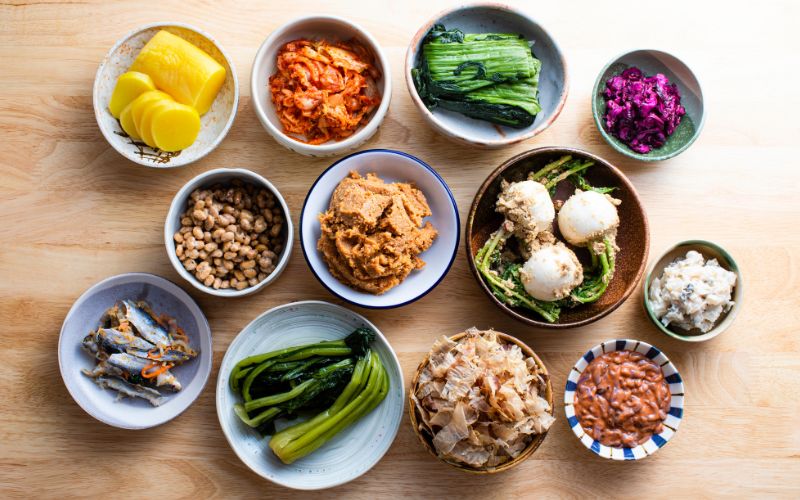
Japan is a wonderland of tsukemono pickles!
Pickles are a familiar part of our daily diet.
Various types of pickles exist in different regions. Vegetables taste better and last longer when they are pickled.
This article introduces various types of pickles. Through pickles, you can learn about the richness of Japanese food culture.
What is tsukemono by the way?
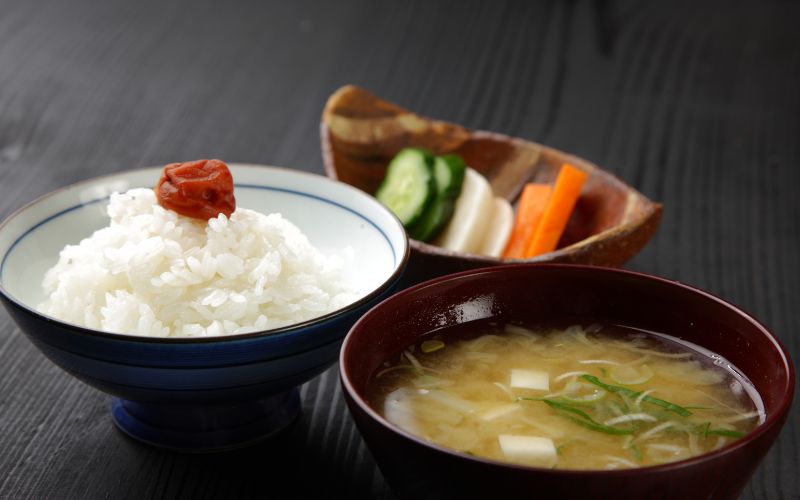
Pickles are, as the name implies, "pickled foods.
In Japanese, "tsuke" means ”to pickle” and "mono" means "things".
The ingredients to be pickled are vegetables and sometimes fruits, and salt and seasonings are used as pickling ingredients. A variety of ingredients and flavors can be enjoyed.
History of Pickles

In Japan, food preservation by pickling in salt was already practiced about 2,000 years ago. During the Heian period (794-1185), pickles were pickled in vinegar, hishio (soy sauce), and sake lees in addition to salt pickles.
It was during the Edo period (1603-1867) that the culture of pickles developed. The importance was placed not only on storage and preservation, but also on enjoying the taste of tsukemono, resulting in an increase in the variety of tsukemono. Today, a wide variety of tsukemono pickles are produced, and commercially available products that can be easily enjoyed are also widely distributed.
Various Types of Pickles
There are various types of pickles, but it is easy to classify them according to "what they are pickled in" or "how long they are pickled in".
”What they are pickled in" refers to the method of classifying pickles according to the ingredients used for pickling, such as salt, soy sauce, vinegar, bran, soybean paste, koji, and sake lees. ”How long they are pickled in" is a classification based on how long the food is pickled, and is broadly classified into "asazuke," which is short pickling period, and "kozuke," which is long pickling period.
Typical Types and of Pickles
An attractive element of tsukemono is that a new flavor is created when the original taste of the food is mixed with the flavor of the ingredients to be pickled.
Here we introduce some typical types of tsukemono pickles from among the many varieties available.
SHIOZUKE: Pickled in Salt
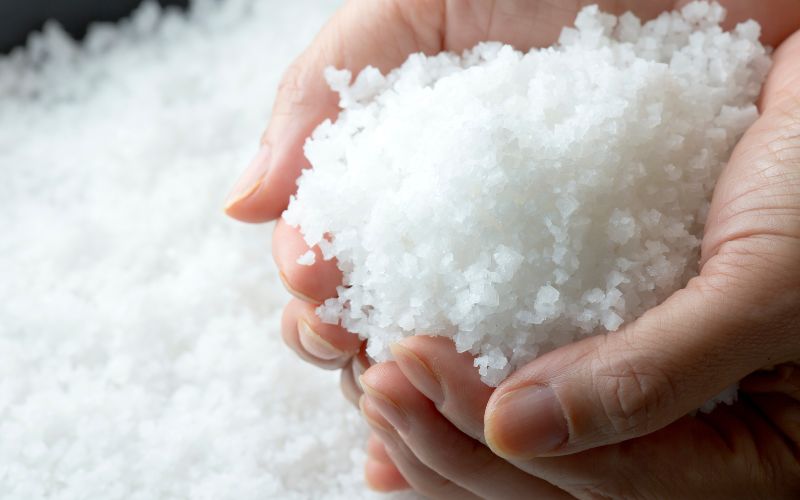
Salting is a technique used since ancient times to preserve foods. The antiseptic effect of salt improves preservation and adds a touch of saltiness to the food, enhancing its flavor. In addition, pickling in salt removes the water from the vegetables, making them soft and easy to eat.
SHOYUZUKE: Pickled in Soy Sauce
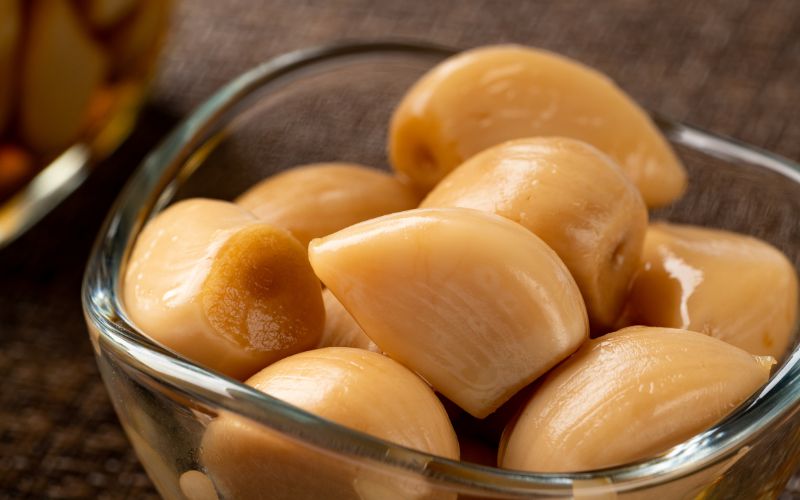
When food is marinated in soy sauce, the mild flavor and richness of the soy sauce is transferred to the food, creating a tsukemono pickle that goes well with freshely cooked rice.
Soy sauce is relatively compatible with all kinds of ingredients and can be easily arranged by adding spices and seasonings to the marinade.
SUZUKE: Pickled in Vinegar
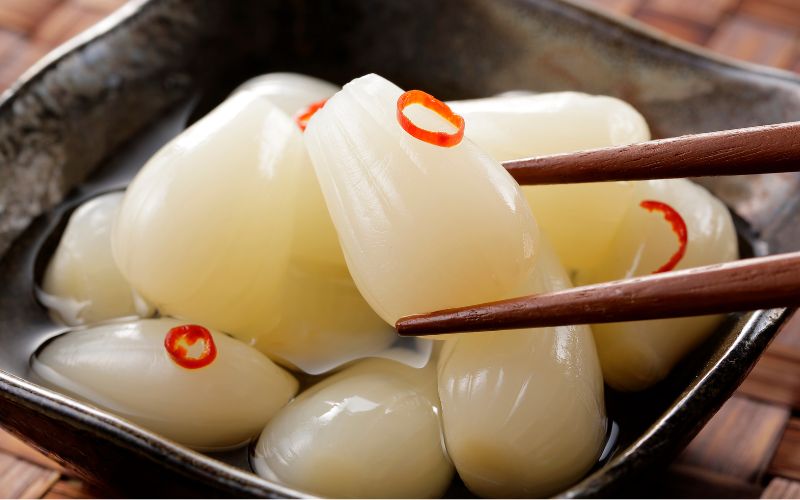
Vinegar pickles are made by marinating food in vinegar. The flavor changes depending on the type of vinegar used, such as plum vinegar or apple cider vinegar. Vinegar has a sterilizing effect and has been used as a preserved food. The refreshing sourness of vinegar adds a touch of special color and flare to the meal.
NUKAZUKE
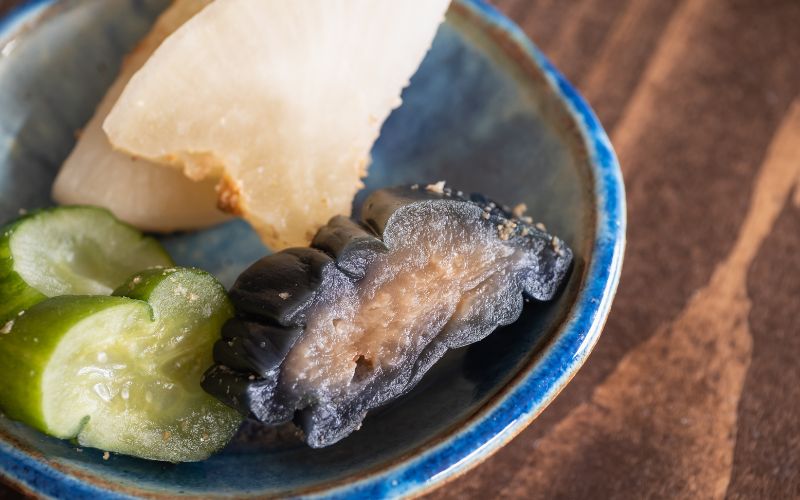
Nukazuke is known as a traditional fermented food. When food is soaked in a bed of rice bran and salt, it is fermented by the action of lactic acid bacteria and yeast. The resulting mixture of umami and sourness produces a unique flavor. It is recommended to be served with rice or as a side dish when drinking alcoholic beverages.
MISOZUKE
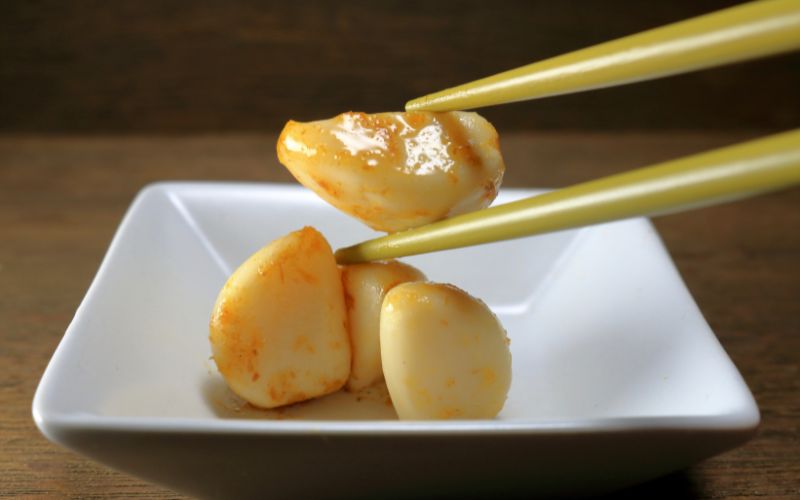
Misozuke" is a dish in which various ingredients are marinated in a bed of soybean paste. Miso-doko is usually made by adding mirin (sweet cooking rice wine) to miso, but it can also be made by marinating only in miso. The flavor of the miso goes into the food well, and the taste is concentrated in the pickles.
KOJIZUKE
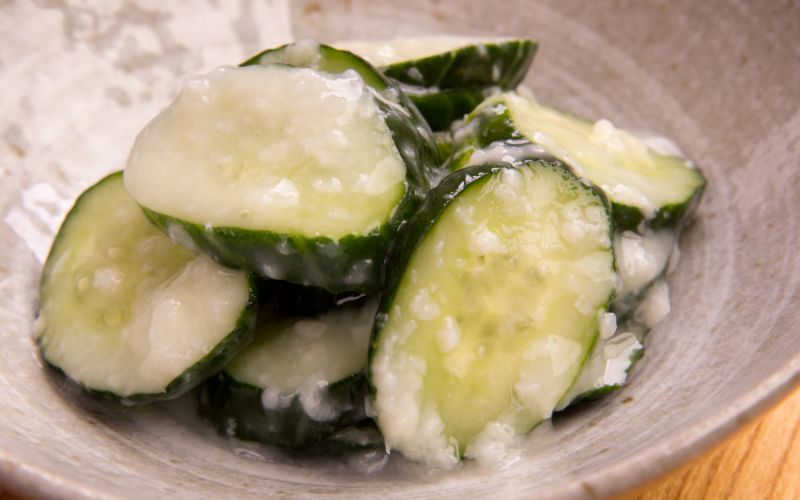
In koji pickles, ingredients are marinated in a bed of koji or koji to which sugar and salt have been added. (Koji, or koji rice, combines rice with koji mould and is used in fermenting sake, soy sauce, and miso.) The enzymes of koji promote fermentation, giving the food a gentle koji aroma and natural sweetness, and softening its texture.
KASUZUKE: Pickled in Sake Lees
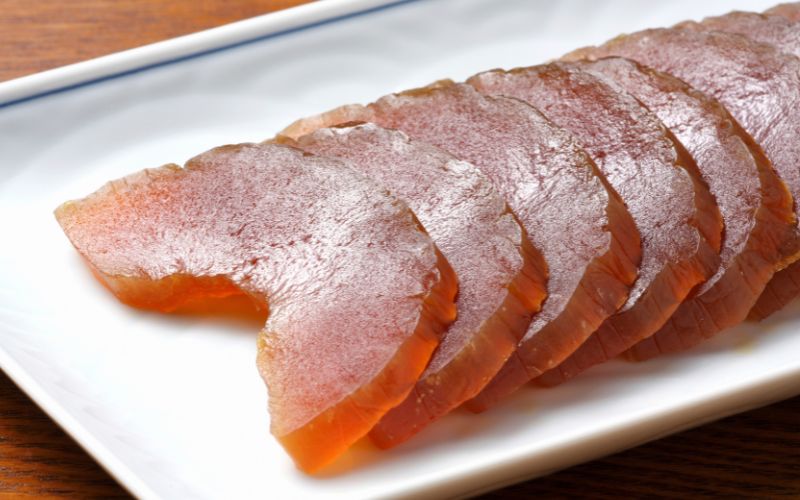
Sake dregs or mirin dregs, by-products of the sake or mirin making process, are used in the pickling process. The rich flavor and umami of sakekasu and the slight sweetness of mirin-kasu soak into the ingredients and enhance the deliciousness of the ingredients themselves.
ASAZUKE: Llightly Pickled Vegetables
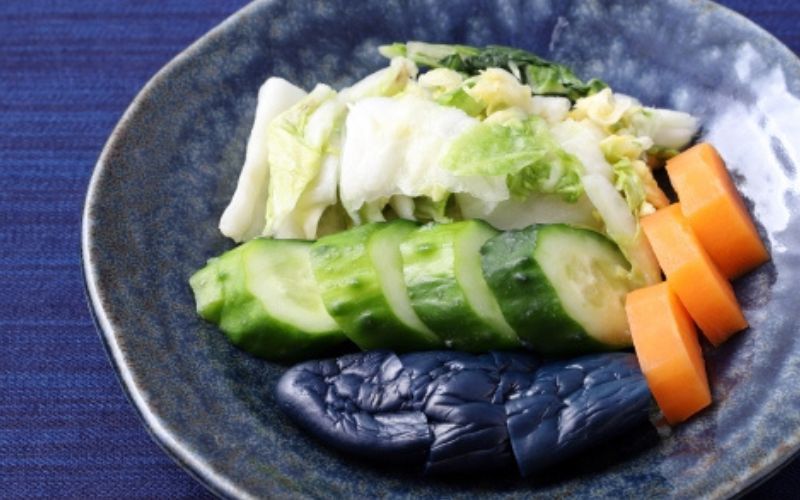
Asazuke, which requires only a short period of pickling, has a light flavor and can be eaten like a salad. The period of pickling can be from a few minutes to five days, and the amount of salt should be adjusted according to the period of pickling. The pickles that are simply salted and left to marinate for a few minutes are called "instant pickles," while those that are left to marinate overnight are called Ichiya-zuke (overnight pickles).
UMEBOZHI: Pickled Plums
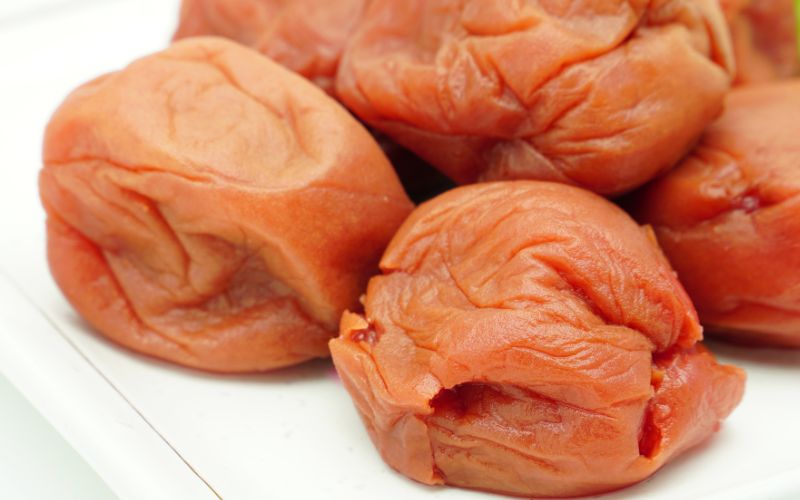
Umeboshi are pickled plums made by pickling ripe plums in salt, drying them in the sun, and then marinating them in plum vinegar. Made using traditional methods, umeboshi have a high salt content and can be stored at room temperature for a long period of time. Nowadays, low-sodium pickled plums and pickled plums soaked in seasoning solution without salt are also widely available.
TAKUAN: Pickled Radish
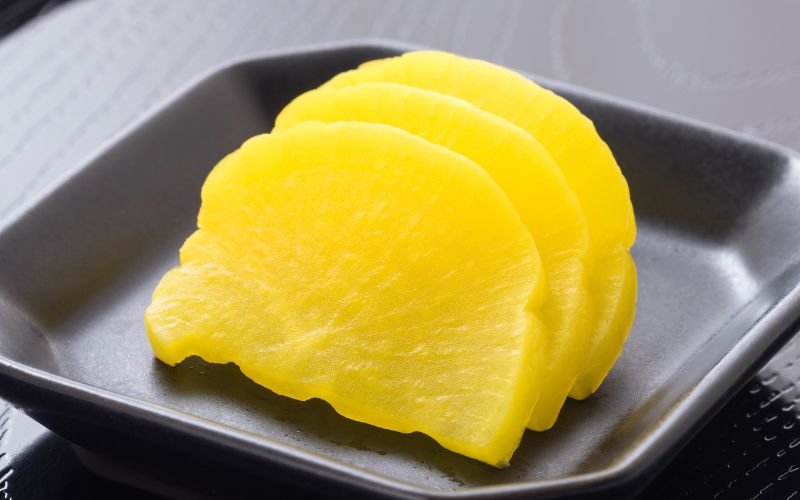
Takuan is a typical Japanese pickles. Made by pickling sun-dried daikon radishes in rice bran, traditional takuan is characterized by the sweetness of the daikon and its crispy texture. It is also an excellent preserved food. Nowadays, takuan is usually made by pickling daikon in salt without drying it, which gives takuan a softer texture.
There are many kinds of pickles in Japan. And the number of varieties increases when regional differences and pickled vegetables are taken into consideration.
Pickles are fermented foods that are believed to be beneficial to the body, which can be made at home. Why don't you add tsukemono, a Japanese fermented food with a long history, to your daily meals?
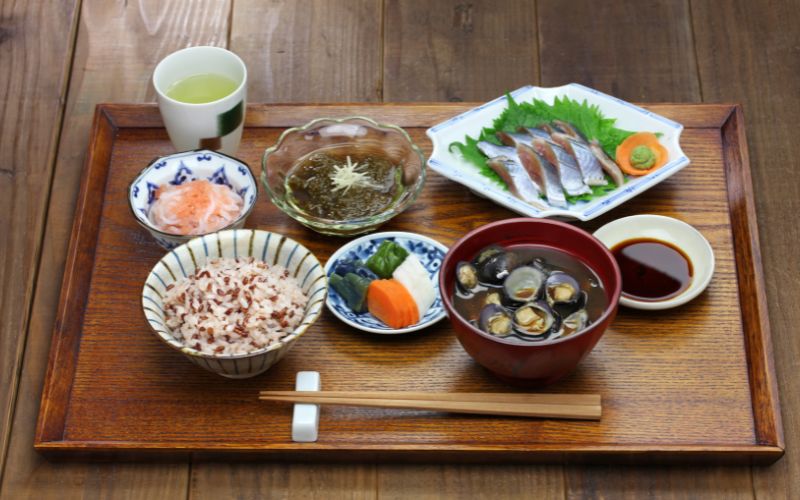
JapanVillage's Japanese Pickles
Visit Amazon.com for more items of authentic Japanese foods!

Facebook Comments